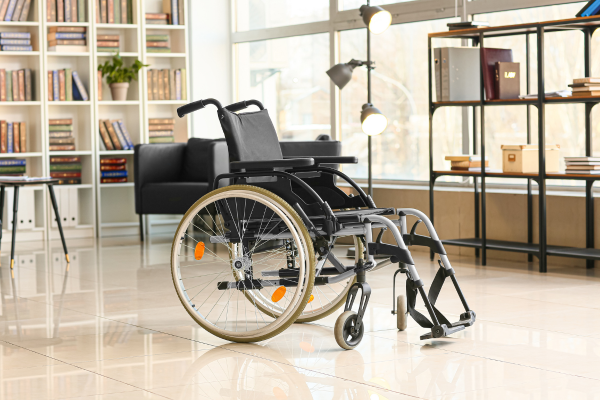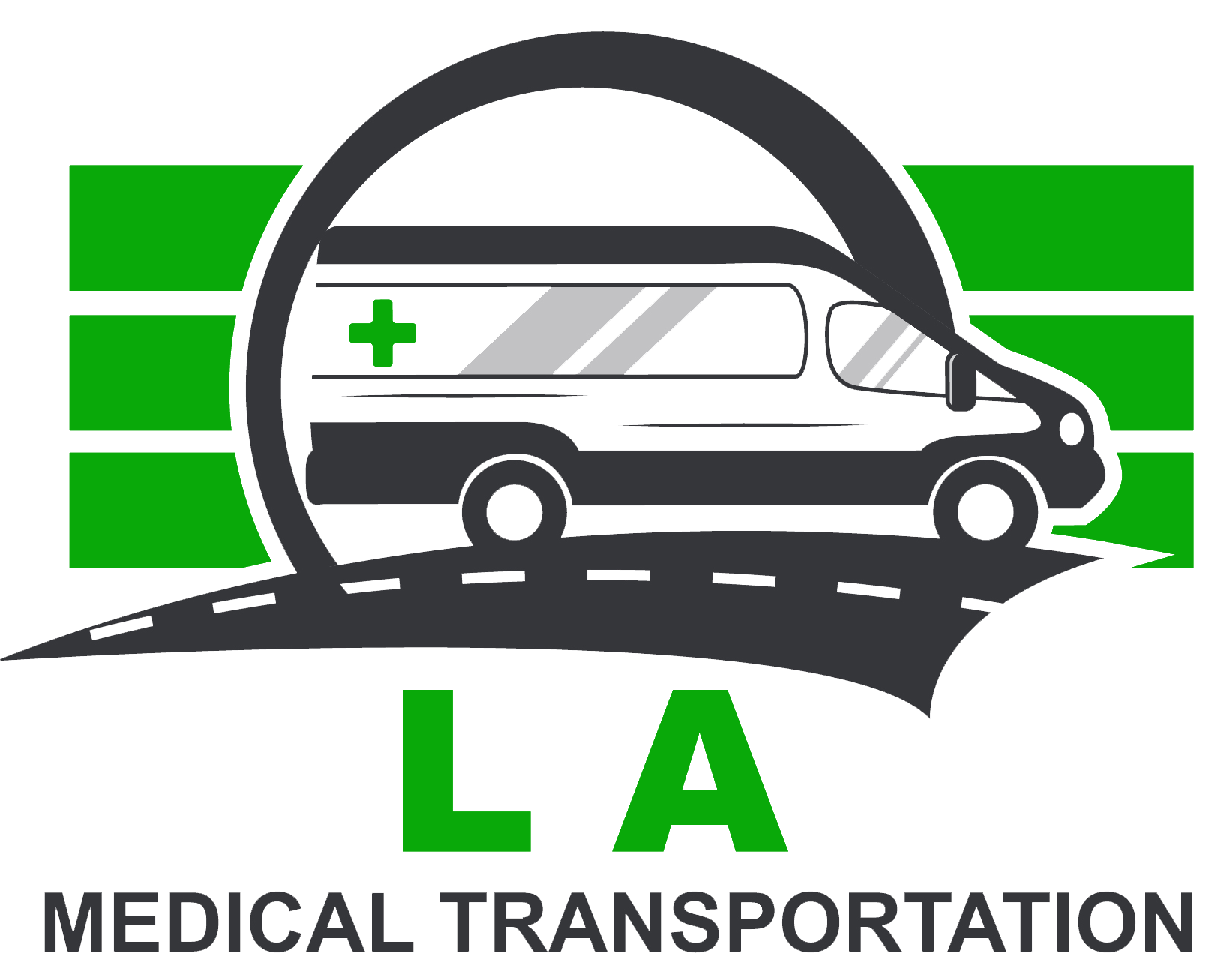Have you ever wondered how people using wheelchairs navigate our cities’ bustling streets and sidewalks? Urban environments can present many obstacles and barriers for individuals facing mobility challenges. But fear not because exciting advancements in wheelchair transportation are transforming how city dwellers with limited mobility move through their surroundings.
In this article, we will explore innovative solutions for reshaping urban landscapes, making them more accessible and inclusive for wheelchair users.
Accessibility Infrastructure
Over the past few years, there has been significant progress in enhancing accessibility infrastructure in cities, specifically regarding wheelchair transportation.
This is a global trend, with cities worldwide recognizing the importance of inclusive design and taking steps to create a barrier-free environment for all residents. Public spaces now have ramps, elevators, and more comprehensive pathways, making it much easier for wheelchair users to maneuver through city streets.
Moreover, accessible parking spots and designated drop-off zones have been strategically placed to ensure greater convenience and mobility for wheelchair users. These improvements in accessibility infrastructure have genuinely empowered individuals with disabilities by enabling them to navigate urban obstacles more efficiently and independently.
Innovative Wheelchair Designs
To enhance wheelchair transportation for individuals residing in cities, it is essential to develop inventive wheelchair designs. Urban environments necessitate specific adaptations for conventional wheelchairs, resulting in significant alterations.
Lightweight and compact designs facilitate effortless maneuverability in congested areas while allowing seamless travel on public transportation systems. Foldable and portable wheelchairs have emerged as popular choices, providing users with a convenient means of transporting their mobility aids via vehicles or public transit systems.

Additionally, advancements in electric-powered wheelchairs offer greater self-reliance to users while reducing physical strain during uphill or long-distance trips. These pioneering wheelchair designs are revolutionizing the way wheelchair users experience urban mobility.
On-Demand Transportation Services
In numerous cities, specialized taxis and ride-hailing services that cater to wheelchair users have become easily accessible, offering transportation options that perfectly suit their needs. These services provide vehicles with ramps or lifts, guaranteeing a seamless experience when passengers need to embark or disembark.
Through smartphone applications, users can conveniently request a wheelchair-accessible vehicle at their preferred time and location, eliminating the need to rely solely on traditional public transportation.
Undoubtedly, on-demand transportation services have significantly expanded the range of mobility choices for wheelchair users and allowed them to travel comfortably and independently within city boundaries.
Ride-Sharing Services
Companies such as LA Medical Transportation have shown great sensitivity towards inclusivity by incorporating features that cater specifically to wheelchair users’ requirements.
Selected cities now offer specialized options within these services for individuals needing wheelchair accessibility in vehicles, an innovation that guarantees seamless and hassle-free transportation experiences.
Utilizing smartphone apps has enabled people who use wheelchairs to request customized ride-sharing options that address their unique needs conveniently, thus reducing their dependence on conventional modes of transportation remarkably well.
It is undeniable that ride-sharing services have become indispensable for numerous wheelchair users, providing them with the freedom, convenience, and independence necessary to navigate the obstacles of urban environments effectively.
Final Thoughts
In conclusion, advancements in wheelchair transportation for city dwellers have significantly transformed urban mobility and addressed the challenges faced by wheelchair users. The improvement in accessibility infrastructure, coupled with innovative wheelchair designs, has made it easier for individuals with disabilities to navigate city streets and public spaces.

